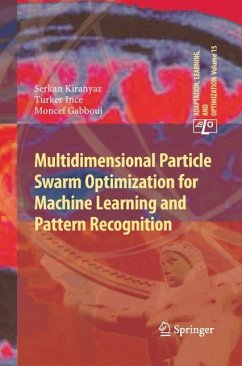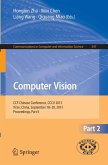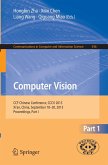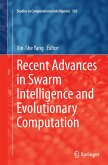For many engineering problems we require optimization processes with dynamic adaptation as we aim to establish the dimension of the search space where the optimum solution resides and develop robust techniques to avoid the local optima usually associated with multimodal problems. This book explores multidimensional particle swarm optimization, a technique developed by the authors that addresses these requirements in a well-defined algorithmic approach.
After an introduction to the key optimization techniques, the authors introduce their unified framework and demonstrate its advantages in challenging application domains, focusing on the state of the art of multidimensional extensions such as global convergence in particle swarm optimization, dynamic data clustering, evolutionary neural networks, biomedical applications and personalized ECG classification, content-based image classification and retrieval, and evolutionary feature synthesis. The content is characterizedby strong practical considerations, and the book is supported with fully documented source code for all applications presented, as well as many sample datasets.
The book will be of benefit to researchers and practitioners working in the areas of machine intelligence, signal processing, pattern recognition, and data mining, or using principles from these areas in their application domains. It may also be used as a reference text for graduate courses on swarm optimization, data clustering and classification, content-based multimedia search, and biomedical signal processing applications.
After an introduction to the key optimization techniques, the authors introduce their unified framework and demonstrate its advantages in challenging application domains, focusing on the state of the art of multidimensional extensions such as global convergence in particle swarm optimization, dynamic data clustering, evolutionary neural networks, biomedical applications and personalized ECG classification, content-based image classification and retrieval, and evolutionary feature synthesis. The content is characterizedby strong practical considerations, and the book is supported with fully documented source code for all applications presented, as well as many sample datasets.
The book will be of benefit to researchers and practitioners working in the areas of machine intelligence, signal processing, pattern recognition, and data mining, or using principles from these areas in their application domains. It may also be used as a reference text for graduate courses on swarm optimization, data clustering and classification, content-based multimedia search, and biomedical signal processing applications.
From the book reviews:
"This book has enough material to be used as a reference text in research in areas of biomedical signal processing, classification, and clustering. Alternatively, it can be employed as an extra textbook in a graduate course on optimization. Its clear style and strong practical orientation make the book an excellent addition to the bookshelf of any researcher dealing with optimization problems in many dimensions." (Alexander Tzanov, Computing Reviews, July, 2014)
"This book has enough material to be used as a reference text in research in areas of biomedical signal processing, classification, and clustering. Alternatively, it can be employed as an extra textbook in a graduate course on optimization. Its clear style and strong practical orientation make the book an excellent addition to the bookshelf of any researcher dealing with optimization problems in many dimensions." (Alexander Tzanov, Computing Reviews, July, 2014)








